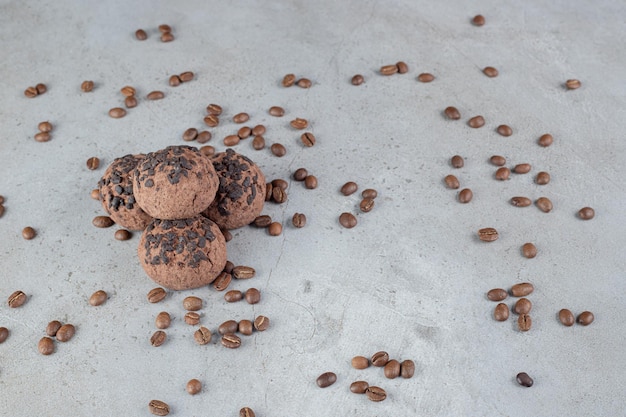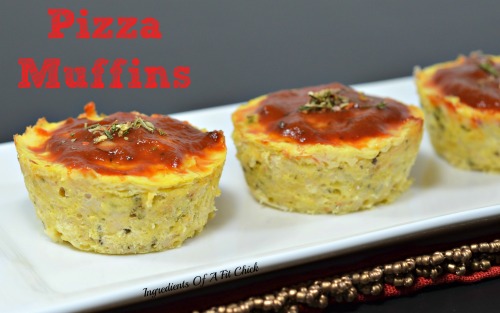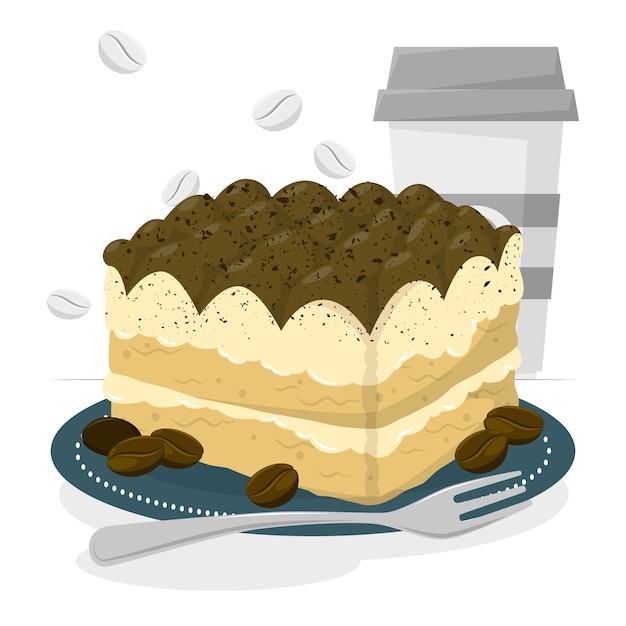Teaspoon vs tablespoon – Know the Difference and Make Accurate Measurements in Your Cooking
When it comes to measuring ingredients in the kitchen, the choice between using a teaspoon or a tablespoon can make a big difference in the outcome of your recipe. These two commonly used measurements may seem similar, but they actually have distinct differences in terms of volume and purpose.
A teaspoon is a smaller measurement, typically used for smaller amounts of ingredients such as spices, extracts, or flavorings. It is equivalent to about 5 milliliters or one-third of a tablespoon. The smaller size of a teaspoon allows for more precise measurements, especially when dealing with potent ingredients that can greatly affect the taste of your dish.
On the other hand, a tablespoon is larger and is often used for larger quantities of ingredients such as liquid or solid fats, sauces, or condiments. It is equivalent to about 15 milliliters or three teaspoons. The larger capacity of a tablespoon makes it more suitable for measuring larger amounts of ingredients, saving you time and effort in the kitchen.
So, when should you use a teaspoon and when should you use a tablespoon? The answer depends on the specific recipe and the ingredients you are using. If a recipe calls for precise measurements or if you are dealing with potent ingredients, it is generally safer to use a teaspoon. On the other hand, if a recipe calls for larger quantities of ingredients or if exact measurements are not critical, a tablespoon should suffice.
In conclusion, understanding the difference between a teaspoon and a tablespoon can greatly improve your cooking and baking skills. Knowing when to use each measurement can help you achieve the desired taste and consistency in your dishes. Remember to always read your recipe carefully and choose the appropriate measuring utensil to ensure the best results in your culinary adventures.
Difference Between Teaspoon and Tablespoon
Teaspoons and tablespoons are two common measurements used in cooking and baking recipes. They are often abbreviated as “tsp” and “tbsp” respectively. While they both refer to the volume of a spoon, there are some key differences between the two.
Size
The main difference between a teaspoon and a tablespoon is their size. A teaspoon is a smaller spoon that typically holds around 5 milliliters (mL) of liquid. On the other hand, a tablespoon is a larger spoon that usually holds about 15 milliliters (mL) of liquid. This means that a tablespoon is three times the size of a teaspoon.
Usage
The choice between using a teaspoon or a tablespoon depends on the specific recipe requirements. Teaspoons are commonly used for small measurements, such as adding spices, extracts, or small amounts of liquids. Tablespoons, on the other hand, are used for larger measurements, such as adding sauces, oils, or larger amounts of liquids.
Conversion
It is important to note that the conversion between teaspoons to tablespoons is not a simple 1:1 ratio. There are three teaspoons in a tablespoon. So, if a recipe calls for 2 tablespoons, you would need 6 teaspoons to achieve the same measurement. It is crucial to pay attention to the specific measurements mentioned in the recipe to avoid any errors.
In conclusion, teaspoons and tablespoons are both essential measurements in cooking and baking. Depending on the recipe requirements, you may need to use either a teaspoon or a tablespoon. Remember to be mindful of the size difference between the two and always refer to the recipe for accurate measurements.
Measurement Units for Cooking
When it comes to cooking, precise measurements are crucial for getting the right balance of flavors and ensuring recipes turn out as intended. Two common units of measurement used in cooking are the teaspoon and the tablespoon. Although they sound similar, there are important differences between the two.
Teaspoon
A teaspoon is a small measuring unit commonly used for measuring ingredients such as spices, extracts, and small quantities of liquid. It is abbreviated as “tsp” or “t.”
In the United States, a teaspoon is equivalent to 1/3 of a tablespoon and holds approximately 4.9 milliliters of liquid. However, in some other countries, a teaspoon may be slightly different in size, holding around 5 milliliters of liquid.
Tablespoon
A tablespoon is a larger measuring unit used for measuring ingredients such as oil, butter, and larger quantities of liquid or dry ingredients. It is abbreviated as “tbsp” or “T.”
In the United States, a tablespoon is equivalent to 3 teaspoons and holds approximately 14.8 milliliters of liquid. Similarly, in some other countries, a tablespoon may vary slightly in size.
When following a recipe, it is important to use the correct measurement unit specified. Using the wrong measurement unit can result in a recipe not turning out as expected or flavors being imbalanced.
| Unit | Abbreviation | Equivalent | Milliliters (Approx.) |
|---|---|---|---|
| Teaspoon | tsp or t | 1/3 tablespoon | 4.9 ml |
| Tablespoon | tbsp or T | 3 teaspoons | 14.8 ml |
For accurate and consistent measurements, it is recommended to use standardized measuring spoons rather than regular spoons from your cutlery set. These measuring spoons have the correct capacity and help ensure precise measurements for cooking and baking.
Whether you are a beginner or an experienced cook, understanding and using the appropriate measurement units for cooking is essential for successful and delicious results. So, make sure to have both teaspoons and tablespoons in your kitchen to meet the requirements of your favorite recipes!
Teaspoon: A Smaller Measurement
A teaspoon is a smaller unit of measurement compared to a tablespoon. It is commonly used in cooking and baking to add small amounts of ingredients to a recipe.
In terms of volume, a teaspoon is equivalent to 1/3 of a tablespoon. It is also equal to 5 milliliters or 1/6 of a fluid ounce. This small measurement is perfect for adding flavorings such as vanilla extract or salt to a dish.
When measuring with a teaspoon, it is important to be precise. Use a level teaspoon to ensure accurate measurements. It is also useful to have a set of measuring spoons on hand, which typically include teaspoon measurements ranging from 1/8 teaspoon to 1 teaspoon.
A teaspoon is often used for measuring smaller quantities of ingredients, such as spices, herbs, or baking powder. It is also commonly used for stirring sugar or honey into drinks such as tea or coffee.
| Teaspoon Conversions | ||
|---|---|---|
| 1 teaspoon | = | 1/3 tablespoon |
| 1 teaspoon | = | 5 milliliters |
| 1 teaspoon | = | 1/6 fluid ounce |
Overall, the teaspoon is a valuable tool in the kitchen for precise measurements of smaller quantities of ingredients. It is important to familiarize yourself with the conversions and use it correctly to ensure the success of your recipes.
Tablespoon: A Larger Measurement
If you’re looking to add a bit more flavor or substance to your recipe, the tablespoon is the way to go. As its name suggests, the tablespoon is a larger measurement than the teaspoon, holding approximately three times more liquid or solid ingredients.
When to Use a Tablespoon:
The tablespoon is commonly used in recipes that require larger amounts of ingredients, such as soups, stews, sauces, and dressings. It’s also the go-to measurement for adding spices, herbs, and flavorings to your dish. If a recipe calls for a tablespoon of an ingredient, you can be sure that it will have a significant impact on the overall taste and texture of the final product.
Measuring Out a Tablespoon:
Measuring out a tablespoon is easy. Simply take a tablespoon measuring spoon or use a regular spoon and fill it to the top, leveling off with a knife or your finger. Keep in mind that a tablespoon should be filled to its capacity, allowing for a precise and accurate measurement.
The Potential Pitfalls:
However, it’s important to note that the tablespoon can become a potential pitfall if not used correctly. Using too much or too little tablespoon can greatly affect the taste and texture of your dish. It’s always a good idea to follow the recipe’s instructions carefully and use the appropriate measuring tools to ensure the best possible outcome.
Conclusion
In summary, the tablespoon is a larger measurement than the teaspoon, making it ideal for recipes that require larger amounts of ingredients. It’s used extensively in cooking and baking, bringing depth and richness to your dishes. Just remember to measure accurately and follow your recipe to ensure the perfect balance of flavors.
Use of Teaspoon in Cooking
A teaspoon is a common kitchen utensil that plays a crucial role in cooking. It is a measuring tool that is used to measure small amounts of ingredients accurately. Whether you are baking or cooking savory dishes, a teaspoon is an essential tool in every kitchen.
Accurate Measurements
Using a teaspoon allows you to measure ingredients with great precision. This is especially important when it comes to baking, where the right amount of ingredients can make a significant difference in the final product. Whether it’s measuring spices, extracts, or liquids, a teaspoon ensures that you have the perfect balance of flavors in your dish.
Versatility
A teaspoon is a versatile tool that can be used for various purposes in the kitchen. It can be used to stir and mix ingredients, as well as to scoop out small amounts of ingredients like sugar or salt. Its small size and long handle make it easy to use and maneuver, allowing you to have better control over your cooking process.
So whether you are a professional chef or a home cook, having a teaspoon in your kitchen is a must. It not only helps you achieve accurate measurements but also adds convenience and precision to your cooking. So the next time you are in the kitchen, don’t forget to grab your trusty teaspoon!
Use of Tablespoon in Cooking
In cooking, the tablespoon is a versatile and essential tool that is commonly used for measuring ingredients and adding flavor to dishes. It is slightly larger than a teaspoon and is often used when a larger amount of an ingredient is needed.
Measuring Ingredients
Tablespoons are commonly used for measuring both dry and liquid ingredients. When measuring dry ingredients such as flour, sugar, or spices, a level tablespoon is required to ensure accuracy. It is important to avoid packing down the ingredients in the tablespoon, as this can lead to incorrect measurements. For liquid ingredients such as oils, sauces, or extracts, a level tablespoon holds approximately 15 milliliters or 0.5 fluid ounces.
Adding Flavor
Besides its measuring function, the tablespoon is often used to add flavor to dishes. Many recipes call for a tablespoon of various ingredients such as herbs, spices, sauces, or dressings. The tablespoon measurement allows for precise and consistent flavoring, ensuring that the dish has the desired taste. Whether it’s a tablespoon of soy sauce to enhance the savory flavor or a tablespoon of lemon juice to add a hint of acidity, this measurement is commonly used to achieve the perfect balance of flavors.
Furthermore, the tablespoon is also used for blending ingredients together. When making marinades, dressings, or sauces, a tablespoon is often used to mix ingredients thoroughly, ensuring that the flavors are well-distributed throughout the mixture.
In conclusion, the tablespoon plays an important role in cooking. Its precise measurement and ability to add flavor make it a valuable tool in the kitchen. Whether you are measuring ingredients or adding flavor to your dishes, the tablespoon is a staple that every home cook should have.
“FAQ:” Teaspoon vs tablespoon
How many teaspoons are in a tablespoon?
There are 3 teaspoons in a tablespoon. If you want to convert tablespoons to teaspoons or vice versa, you can use a conversion chart for quick reference.
What is the abbreviation for teaspoon?
The abbreviation for teaspoon is “tsp.” It’s commonly used in recipes and cooking measurements.
How many teaspoons are equal to a dessert spoon?
A dessert spoon is equivalent to 2.5 teaspoons. It’s a common unit of measurement in the culinary world.
How is a tablespoon abbreviated?
A tablespoon is abbreviated as “tbsp” or sometimes as simply “T.” This abbreviation is widely used in cooking and recipe writing.
In the Australian measurement system, how much is an Australian tablespoon?
In the Australian measurement system, an Australian tablespoon equals 20 milliliters (ml). This is different from the U.S. tablespoon, which is approximately 14.79 ml.
What tool can you use to measure ingredients in teaspoons or tablespoons?
You can use a standard measuring spoon as a tool for measuring both teaspoons and tablespoons. It’s a convenient and accurate way to ensure the right amounts in your recipes.
How is a teaspoon different from a dessert spoon?
A teaspoon is a smaller measurement, typically 5 ml, while a dessert spoon is larger, equivalent to 2.5 teaspoons or approximately 12.5 ml.
Why is it important to use the right amount of baking ingredients?
Using the right amount of baking ingredients is crucial to achieving the desired taste and texture in your baked goods. Incorrect measurements can lead to undesirable results.
In the customary and imperial systems, how much is a tablespoon?
In both the customary and imperial systems, a tablespoon is a unit of volume. In the U.S. customary system, it’s approximately 14.79 ml, while in the imperial system, it’s around 17.76 ml.
Is “spoon” capitalized when writing recipes?
No, the term “spoon” is never capitalized when writing recipes. It’s a standard part of the measurement and is treated like any other ingredient.
How many teaspoons are in a tablespoon?
There are 3 teaspoons in a tablespoon. This conversion is essential in various cooking and baking recipes.
What is the abbreviation for teaspoon?
The abbreviation for teaspoon is “tsp.” It’s commonly used in recipes and culinary measurements.
How many milliliters are in a standard tablespoon?
A standard tablespoon is equivalent to 15 ml. This conversion is useful when dealing with metric measurements in cooking.
Why is it important to use the right amount of baking ingredients?
Using the right amount of baking ingredients is crucial to avoid errors in your recipes. Incorrect measurements can lead to undesirable outcomes in baked goods.
How much is an average dose of liquid often measured in cooking?
An average dose of liquid in cooking is often measured in tablespoons or teaspoons. This ensures accurate and consistent results in various culinary applications.






